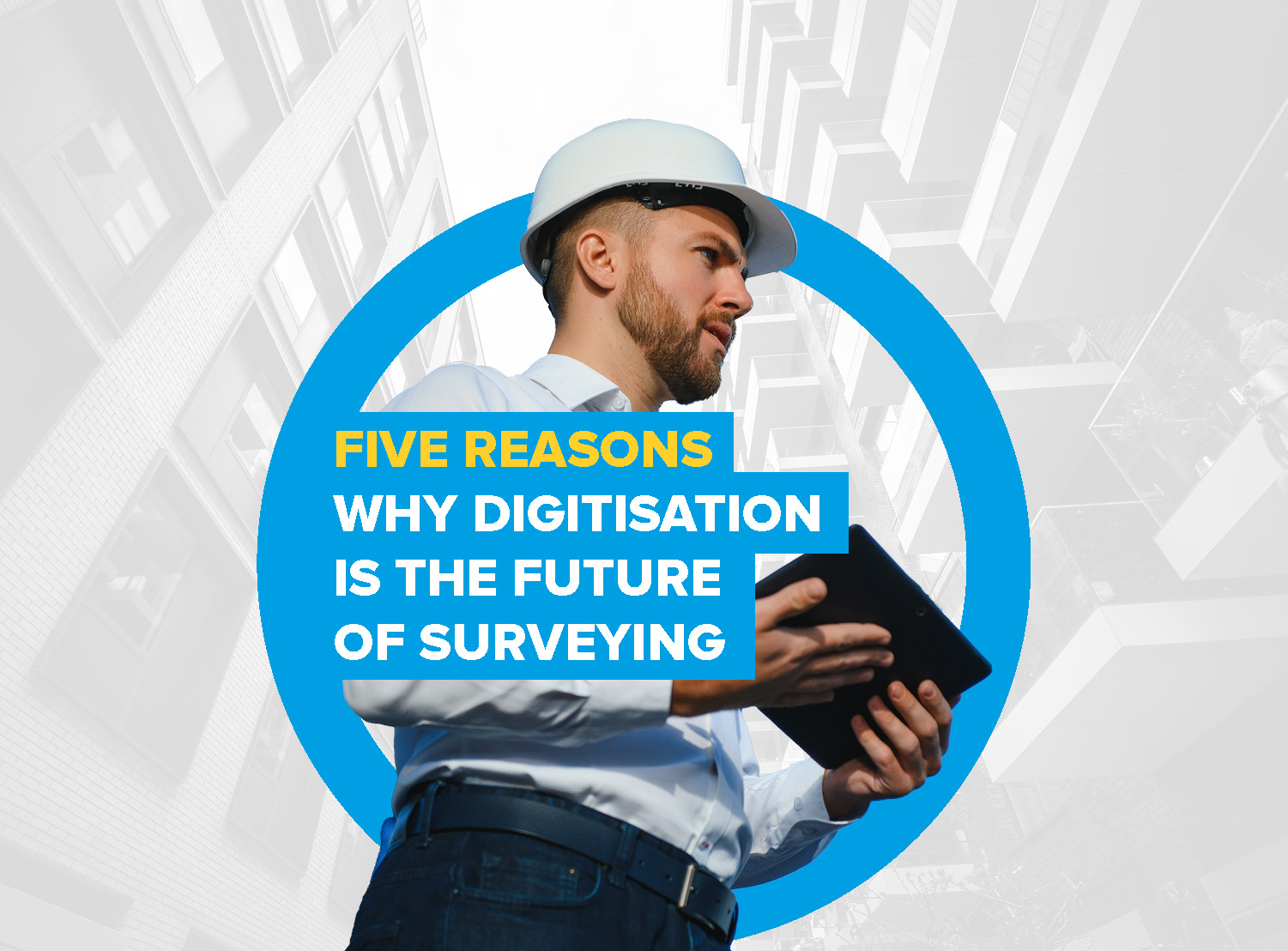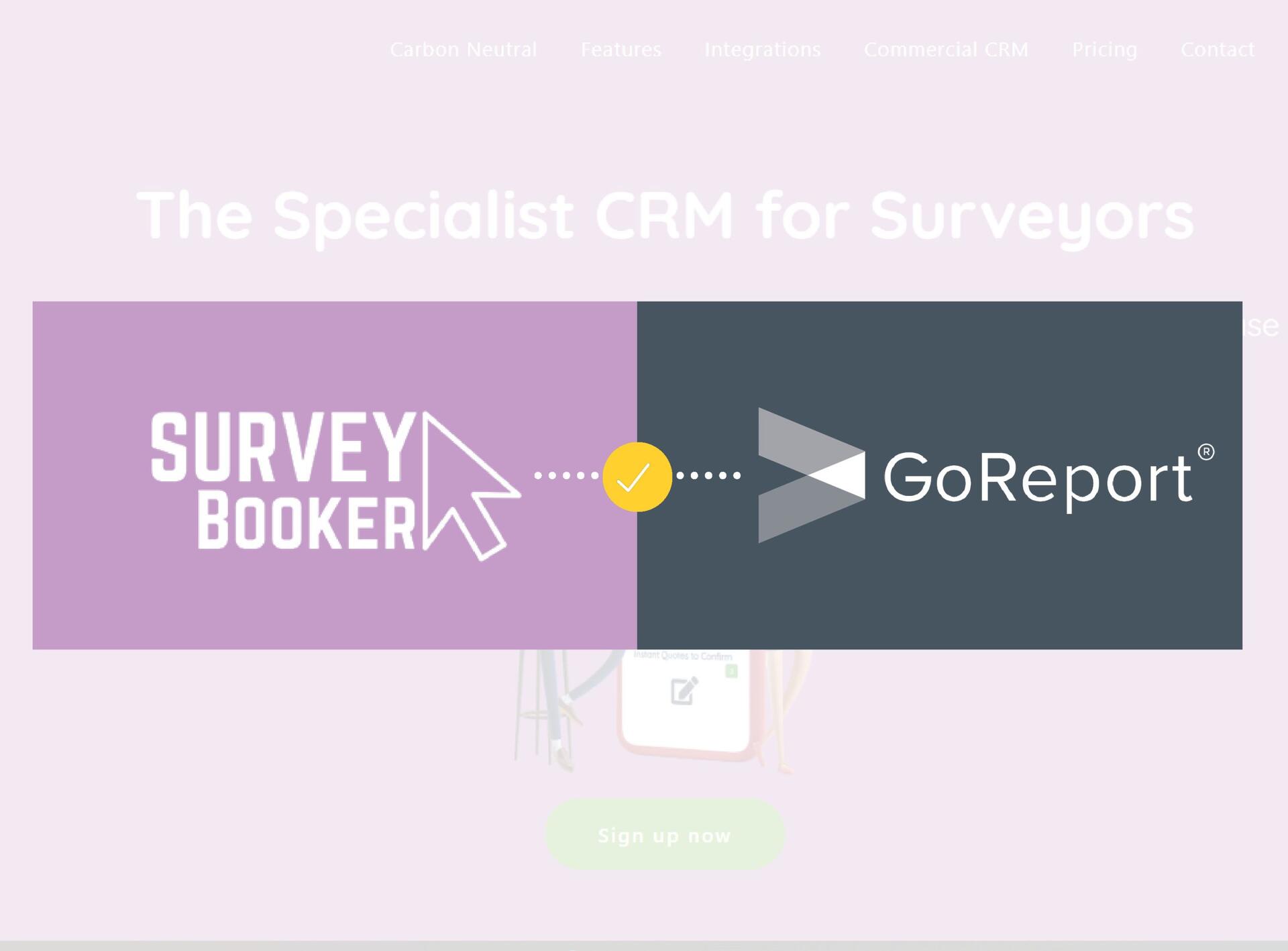AI in Surveying: Is It Really the Future?

With technology becoming increasingly advanced and accessible, the surveying industry is undergoing momentous change. AI in surveying is transforming traditional methods, helping surveyors to work more efficiently, accurately, and effectively. While this shift presents exciting opportunities to enhance workflows, it also raises important questions about how AI complements human expertise.
In this article, we explore what the introduction of AI means for surveyors, the tools available, and how they compare to traditional methods. We’ll also cover best practices for using AI responsibly and effectively, ensuring it supports your work without losing the personal touch and expertise that are essential to the profession.
Content:
- What is AI in Surveying?
- AI vs. Traditional Methods
- Resources: Staying Ahead of the Curve
- What Kind of AI Tools Are Available for Surveying?
- Best Practices for AI in Surveying
- Challenges and Limitations of AI in Surveying
- The Future of AI in Surveying: Is It Taking Over?
What is AI in Surveying?
Artificial Intelligence (AI) in surveying is the use of data-led algorithms and machine learning to improve processes and support tasks that traditionally require human input. For example, AI can simplify activities such as trend analysis, visual modelling, anomaly awareness, and mapping, all of which can improve accuracy, compliance, and efficiency at a faster rate. Rather than replacing the expertise of surveyors, AI serves as a powerful asset designed to complement and enhance their work.
Resources: Staying Ahead of the Curve
Technology is quickly advancing, with more tools being developed. It’s essential to keep up to date with the latest innovations to fully leverage their potential. Staying informed about emerging technologies allows businesses to adapt and integrate innovative solutions that can further enhance efficiency and productivity. Here are some resources to help you stay ahead of the curve:
What Kind of AI Tools are Available for Surveying?
There are a number of tools that can be easily integrated into workflows for those who are interested in AI in surveying. While the exact tools you need will depend on your business, here are some notable examples:
- Analysing large datasets efficiently: AI is great at processing complex information, such as drone imagery, LiDAR scans, and planning records. It can uncover patterns, anomalies, extract key insights, and transform raw data into actionable intelligence, saving time and improving accuracy.
- Enhancing workflow automation: Repetitive tasks like digitising records, extracting features, or producing reports can be handled quickly by AI. This allows surveyors to focus on the strategic, client-focused tasks that AI can’t do. In turn, this boosts productivity while maintaining high standards of service.
- Supporting informed decision-making through predictive models: There are tools designed specifically to analyse trends in land value, environmental conditions, and infrastructure requirements. This allows surveyors to give clients evidence-based recommendations, including site development options or mitigation strategies.
- Improving communication with 3D visualisation tools: AI allows for the creation of detailed visual models of surveyed areas, making it easier to present survey results and insights to clients with confidence.
- Ensuring high standards with quality control tools: By identifying inconsistencies and errors in survey data, AI helps maintain accuracy and reduces the risk of project delays.
- Streamlining document processing: AI can structure unorganised information into usable data. While GoReport is not an AI tool, it significantly streamlines the documentation process, helping surveyors to capture and structure data efficiently. Its unique software produces compliant, professional reports tailored to the surveying sector.
Best Practices When Using AI in Surveying
While AI can undoubtedly boost efficiency, it’s vital that they are used correctly. Rushing into implementing them without much thought or consideration can result in adverse effects, such as improper use or set-up. Here are our best practices to ensure you’re getting the best out of your investments:
- Use AI as an aid, not a replacement: AI should support your work, not take it over entirely. For example, while AI tools can process data or generate initial insights, it’s important for surveyors to apply their own expertise to ensure the results given are both accurate and compliant.
- Avoid over-reliance on AI-generated content: Avoid copy and pasting directly from AI outputs without proofreading. Even though AI tools can be highly accurate and intelligent, errors can still occur, particularly when first introduced to your system. Always proofread AI-generated content to ensure it meets compliance standards, industry regulations, and any specific workplace requirements.
- Consider ethical implications: As with the introduction of any technology, AI in surveying presents questions about data ownership, privacy, and transparency. Surveyors are responsible for ensuring that their use of technology aligns with ethical standards and industry guidelines, especially when dealing with client information.
- Engage with creators: Rather than just purchasing tech and hoping for the best, communicate with the brand’s team to ensure it is the right product for you. They will be able to assist with implementation, limitations, training and GDPR.
- Maintain cybersecurity measures: Protecting sensitive data is critical for any businesses, regardless of if you’re a sole trader or large enterprise business. Make steps to ensure that any AI tools you use comply with cybersecurity requirements to safeguard client and project information.
- Invest in ongoing training: Providing training for your team ensures that everyone understands how to use AI effectively and responsibly. It’s important that every member of the team is aware of any updates to software, so ensure to regularly revisit training. Regular training and workshops can help teams understand how to use these tools effectively, ensuring that everyone is on the same page and maximising the benefits.
- Be collaborative: Collaboration between departments can lead to even greater insights. By sharing data and findings across teams, organisations can foster a culture of transparency and innovation. This collaborative approach not only improves the quality of decision-making but also encourages creative problem-solving.
Challenges and Limitations of AI in Surveying
AI has immense potential to change the surveying profession. However, its use also brings challenges and limits that surveyors need to think about.
One of the main challenges for many smaller businesses is cost. Technology rarely comes cheap, especially when you consider the cost of training, hardware, and installation. For smaller firms or independent surveyors, these costs can seem excessive. In such cases, it’s wise to consider what tool would be of greatest importance, undergoing trials and taking time to weigh up the ROI.
Another limitation is the need for training and upskilling. AI tools are only effective when used correctly, and surveyors must dedicate time to learning how to integrate these technologies into their workflows properly. For professionals already managing heavy workloads, finding the time to train on new systems can be a significant hurdle, particularly when it must be rolled out to a larger team.
The maturity of the technology is an important consideration too. AI has made great progress, but it is not perfect. Many tools are still being developed, and some may not be strong enough for certain surveying tasks. Relying too much on AI without knowing its limits can cause mistakes or overlook details in projects, which shows that human oversight is still especially important.
There are challenges with data quality and availability, as AI needs accurate and complete data to work well. If the data is old, incomplete, or poorly organised, it can give unreliable results. This can lower the trust that surveyors and clients have in these tools, leading to abandonment.
The last challenge is resistance to change. Many surveyors are used to traditional methods. They may be afraid to use AI because they think it could take their jobs or lessen their skills. It is important to build trust in AI as a tool that supports, not replaces, their professional judgment.
By tackling these challenges with smart investments, focused training, and a mix of old and new methods, surveyors can use AI in their work. This will help keep the quality and integrity of their profession.
The Future of AI in Surveying: Is It Taking Over?
As we look to the future, it’s clear that AI and advanced technologies will continue to play a major role in shaping the surveying industry. These tools can undoubtedly help surveyors work more efficiently, meeting the growing demands of clients and staying ahead in a competitive market. Companies and professionals who embrace these advancements will likely find themselves in a stronger position to respond to market needs and deliver the best quality service.
However, while technology is an asset, it’s important to recognise that AI cannot replace the human expertise, intuition, and judgement that are at the heart of surveying. Many aspects of the profession – building relationships, interpreting complex data, and making on-the-ground decisions – require knowledge that technology simply cannot replicate. There will always be elements of surveying that remain reliant on the skill and insight of professionals, ensuring their role remains necessary.
For surveyors, investing in technology and training is not about replacing traditional methods but enhancing them. By integrating AI in surveying responsibly, professionals can improve workflows, take on more projects, and focus on what they do best: providing expert advice and guidance. Using these tools doesn’t mean surrendering to technology or getting replaced – it means leveraging it to work smarter, not harder.
Looking to upgrade your surveying processes? At GoReport, we provide an innovative platform designed to enhance your efficiency and workflows. Get in touch today to see how GoReport can support your journey toward smarter surveying.




